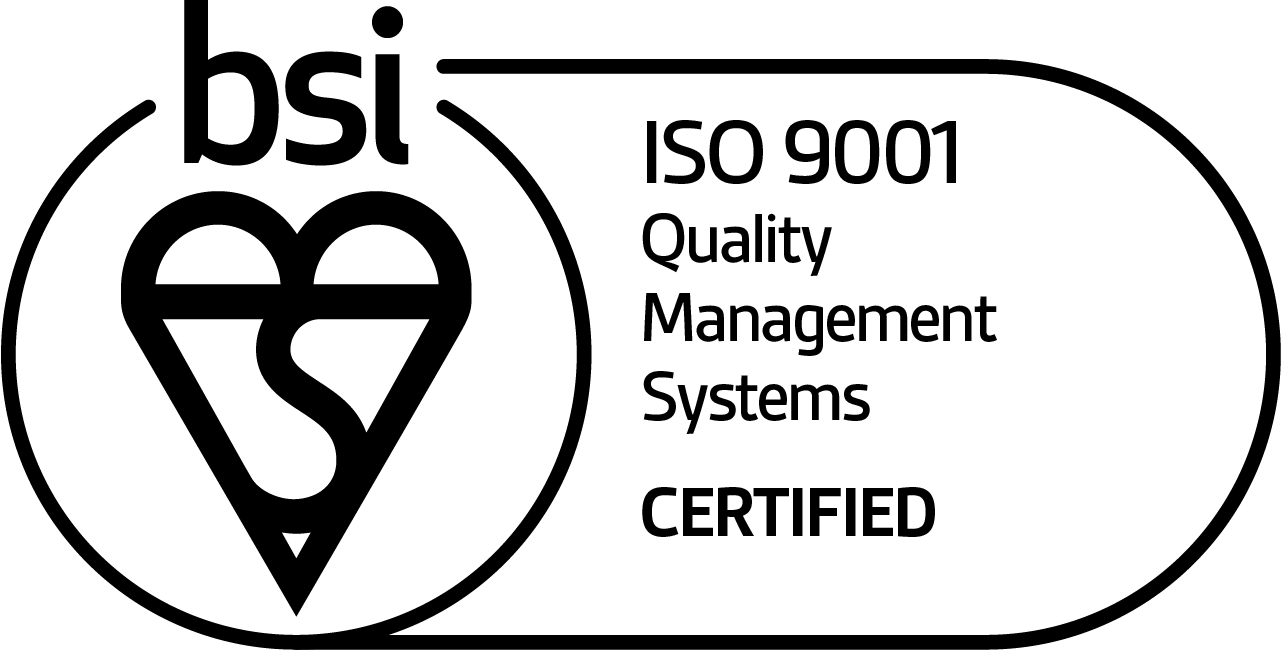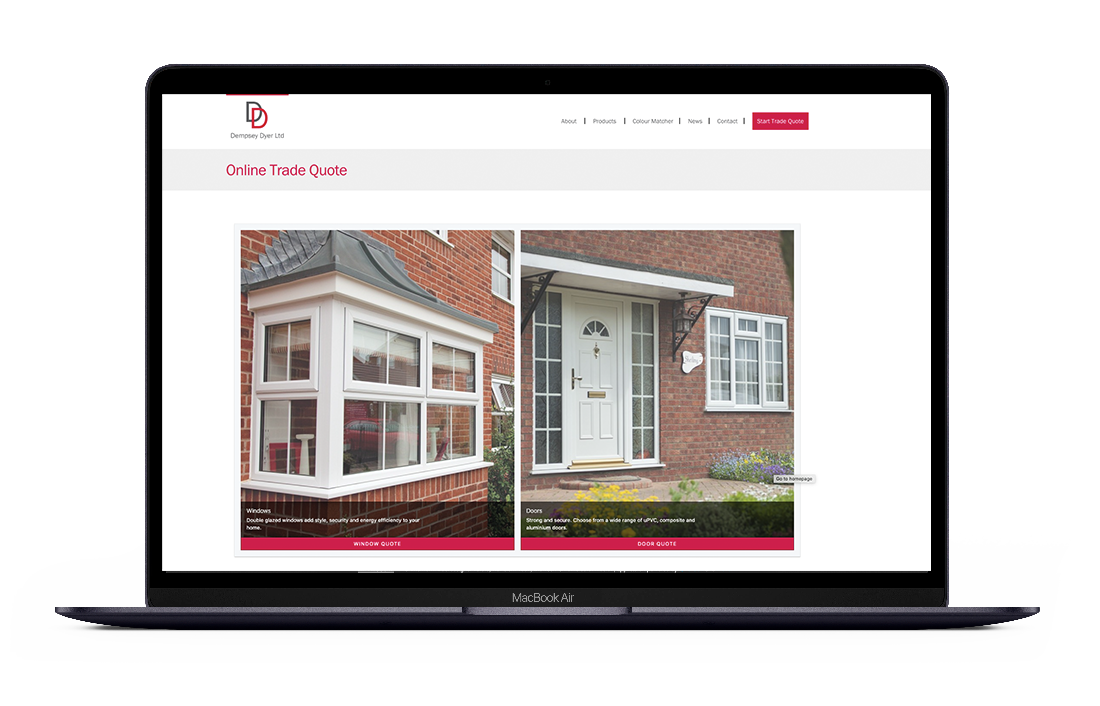What Makes uPVC So Popular?
uPVC was first manufactured back in the 1930s, but it didn’t become one of the major manufacturing materials until the mid-1950s. Since then, almost every decade, uPVC has grown massively in popularity. It really took off during the 1980s in Britain when double glazing also became a standard in modern home installations. Since then, both uPVC and double glazing have become staples of the modern home. Older British homes that haven’t had uPVC or double glazing installed yet are renowned for leaking heat, resulting in colder homes during the winter and hotter homes during the summer. With the introduction of double glazing and uPVC back in the 1980s, homes that had previously been difficult to keep warm and were a threat of overusing gas and heating systems now had a way of insulating their homes and making sure that the heating they were spending their money on, wasn’t leaking out of poorly insulated installations, like outdated timber single glazing. So, why has uPVC remained popular to this day, 40 years later? After such a long time in use, it still remains the most widely used material in home renovations and installations. Here at Dempsey Dyer, we wanted to focus on the key benefits of uPVC and how it continues to improve homes across the country to this day.
Thermal Efficiency
As mentioned, thermal efficiency has always been one of the major positives of having uPVC installed in your home. Timber is a natural insulator, which is why it has been used for centuries as the main material for installations such as doors and windows. However, timber, if not treated properly, degrades significantly over time. This degradation can lead to those installations becoming inefficient over time. This isn’t the case these days with newly installed timber because of how the wood has been treated and manufactured. However, older installations have not had the proper treatment before installation and therefore struggle to maintain their thermal efficiency. Therefore, as uPVC can achieve the same level of thermal efficiency, it makes sense as a replacement for older timber installations. As Britain moved away from timber, it naturally moved towards uPVC for this reason.
Longevity
uPVC also counteracts timber’s lack of longevity by being an incredibly durable and weather-resistant material. As it is synthetic, rain and wind do not have much of, if any, effect on the material. Timber naturally absorbs water unless coated properly and therefore can become rotten or mouldy relatively quickly. uPVC has no such issue. All it requires is a wipe down every so often to remove any deposits of dirt or grime to keep uPVC windows and doors clean and as good as new. As a result, uPVC has a relatively long lifespan compared to older wooden installations. With the promise of similar levels of thermal efficiency, combined with the longevity and low maintenance requirements, it is no wonder that uPVC was the best choice for new installations back in the 1980s.
Old timber doors and windows are also at greater risk of being broken into or broken through because of the natural degradation that starts to set in after so many years. uPVC offered homes a chance to modernise the locking systems of the various openings to the outside. Multi-locking systems around the frames enable doors and windows to have much-increased levels of security across the board.
Low-Price Point
However, its exceptionally low price point is uPVC’s greatest strength compared to timber, composite, and aluminium. uPVC offers equal levels of thermal efficiency, security and durability whilst also being incredibly cheap to produce. Installations made from uPVC are much cheaper than their timber and aluminium counterparts for this very reason. Furthermore, uPVC is fully recyclable, meaning that once the installation has reached the end of its natural lifespan, the material is melted down and reshaped into something new! The combination of its recyclability and its low price point gives uPVC modern benefits when compared to modern uses of timber and aluminium. Timber has had a resurgence in its usage because the drawbacks of older installations have been negated with modern coating and manufacturing processes. However, uPVC remains popular because of its low price point and recyclability.
uPVC from Dempsey Dyer
We provide uPVC products across the nation at Dempsey Dyer, from Southampton to Cowdenbeath. If you’re looking for your next uPVC product, why not get a quote from us today? Our easy to use online pricing tool can give you an accurate price within minutes. If you have any specific questions for us, please feel free to contact us using our online contact form, and one of our wonderful team members will get back to you as soon as possible.
We look forward to hearing from you!













